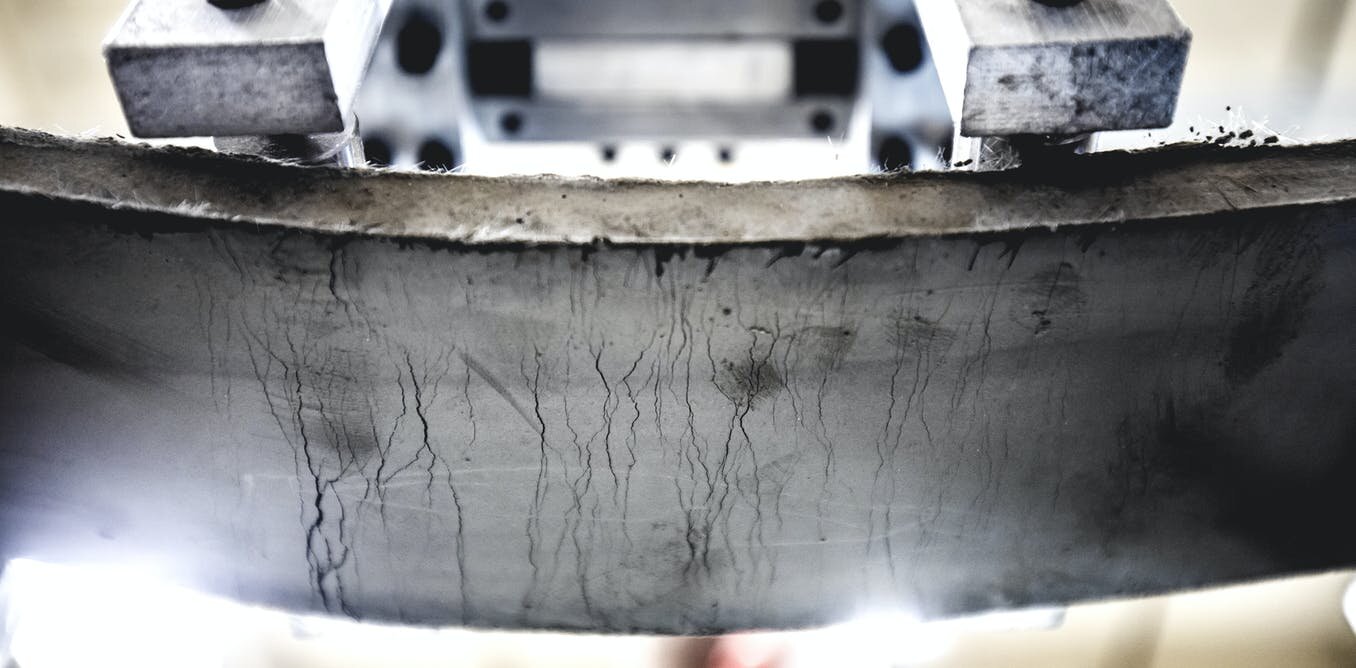One of the most widely utilised materials on Earth is concrete, which produced at a rate of over 26 billion tonnes annually globally.
Just under your feet is one of the main causes of climate change, and changing it might be a potent way to prevent greenhouse gases from entering the environment.
Cement manufacture, the substance that gives concrete its binding power, contributed 7% of the world’s carbon dioxide emissions in 2018. An estimated 26 billion tonnes of concrete are produce annually worldwide, making it one of the most utilised commodities on the planet. It won’t likely stop producing for at least another twenty years.
Technologies that can redesign concrete might have a significant influence on climate change given the size of the sector and its greenhouse gas emissions.
We have been developing the next generation of concrete technology as engineers working on infrastructure and construction-related challenges so that it may improve durability and minimise the carbon footprint of infrastructure. This includes concrete with CO2 injected into it, which may be stronger and even flexible while locking up greenhouse gases.
The sector is ready for a radical transformation, especially now that the Biden administration has pledged to spend heavily in infrastructure projects while also reducing U.S. emissions. Yet, all of its associated emissions must taken into consideration. In order to use CO2 in concrete on a large scale in a way that dramatically reduces emissions.

Reformulating concrete
Aggregate materials, typically rocks and sand, cement, and water are the components of concrete.
Cement accounts for around 80% of the carbon footprint of concrete, therefore scientists have been looking for alternatives.
In order to utilise less cement, industrial wastes like coal fly ash and iron slag now routinely employed. Because of the modification, the final concrete may have much reduced emissions. Using other binders, such limestone-calcined clay, can help cut back on cement consumption. According to one research, utilising limestone and calcinated clay might minimise production costs while reducing emissions by at least 20%.
Researchers and businesses are concentrating on ways to employ collected CO2 as an element in the concrete itself. Locking it away and keeping it from exiting the atmosphere, in addition to producing blended cements. CO2 can injected during mixing or supplied as particles. Carbonation curing, also known as CO2 curing, can also used after concrete has cast.
These procedures transform CO2 from a gas into a mineral, resulting in solid carbonates that could also increase concrete’s strength. Hence, less cement may used for construction, lowering associated emissions. Technology has developed by businesses like “Carbon-Cure and Solid-ia” to employ these techniques for concrete. That is pour at construction sites and in precast concrete products like cinder blocks and other building materials.

